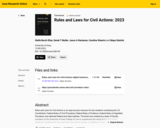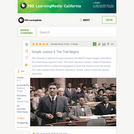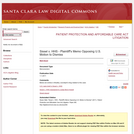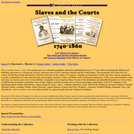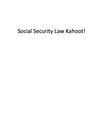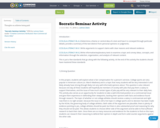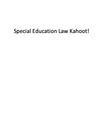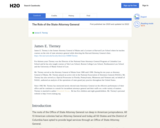
The roots of the Office of State Attorney General run deep in American jurisprudence. All 13 American colonies had an Attorney General and today all 50 States and the District of Columbia have opted to provide legal services through an Office of State Attorney General.Each office possesses broad jurisdiction and to varying degrees is independent from the executive and the legislative branches of state government. Attorneys general in 43 states and the District of Columbia are elected statewide on a partisan basis. The combination of sweeping jurisdiction and constitutional independence has given rise to a unique American legal institution of growing importance.This Syllabus covers the day-to-day challenges faced by attorneys general and their staff in delivering the legal advice that will guide state government in a constitutional and ethical manner. It also covers the relationship of attorneys general with Governors, state legislatures and agencies, the federal government, the private bar, and a myriad of advocacy organizations. It focuses both day to day responsibilities as well as on some of the most controversial legal issues affecting society today. Although attorneys general are often in the news litigating both in favor and in opposition to Presidential policies, the focus of this Syllabus is not on suing or defending a President.Although each state is unique, the course demonstrates the remarkable congruence that exists among state attorneys general when addressing similar challenges and issues. The course is weighted toward those decisions by attorneys general that reflect their independent status, which is most often revealed when attorneys general assert that Governors, legislatures, other elected officials, state agencies or the federal government exceed their constitutional or statutory authority. The course also considers also the unique ethical issues that attorneys general and their staff must confront.This Syllabus contains federal and state statutes and case law, law review and descriptive articles from a variety of sources, and hypotheticals that describe the nature and function of the Office of State Attorney General. The numerous hypotheticals are drawn from actual cases that, because of their nature, have not been studied or, in most cases, ever made public. All materials have been collected from over 40 years of studying and participating in the decision making of attorneys general and their staff.There are numerous ways to teach a course on attorneys general. This Syllabus is specifically designed to give to law school instructors or continuing education providers information that may not be otherwise available. This format also allows an instructor maximum flexibility in designing a course or training.There are many ways to evaluate the performance of students. In Harvard classes students are evaluated based upon either a final take-home examination or, if approved by the instructors, a paper. Given the dearth of academic writing on state attorneys general in particular, and on state issues in general, students are encouraged to consider writing a paper as attorneys general present fertile ground for academic research.Readings that are marked “supplemental reading" are optional resources that enable students to take a deeper dive into that week’s topic. At several law schools instructors ask each student is asked to "adopt" a specific incumbent attorney general and follow them throughout the semester. For a list of courses at a sampling of law schools, see:https://www.stateag.org/initiatives/teaching-about-attorneys-general-in-law-schoolAlt Harvard all students are expected to participate in some fashion each week in class. Because many, if not most, of the decisions of attorneys general and their staff are based upon judgment, and thus are not obviously right nor wrong, the class seeks to create an atmosphere where students of differing political perspectives will feel comfortable contributing diverse viewpoints to the class discussion. Class participation can be taken into grading decisions.In anticipation of the first Harvard class, all students are required to watch this video (https://www.youtube.com/watch?v=oeNZ6_Vzy7I&feature=emb_title): A Brief Introduction to the World of State Attorneys General
